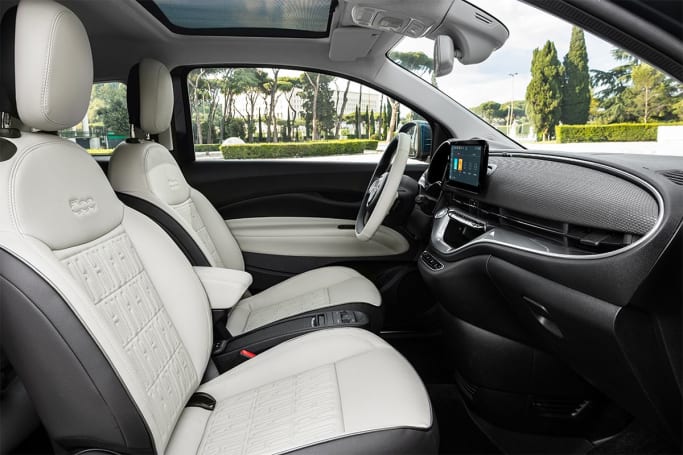The Fiat Ritmo is a pretty rare car here, having been on sale for only about two years and failing to inspire much interest from Australian car buyers.
As far as the clutch goes (and the Ritmo was only sold here in manual form) I believe it uses a hydraulic actuation. On conventional hydraulic systems, there should be an adjuster somewhere down near the slave-cylinder which varies where it acts on the clutch fork. By altering this setting, you effectively change the distance the fork travels and, therefore, introduce more or less movement into the clutch itself. But the Ritmo uses a concentric slave cylinder which lives inside the bell-housing and is not adjustable nor serviceable without removing the car’s gearbox.
That would make the Ritmo’s clutch self-adjusting. Either way, when the system has run out of adjustment, that usually signals that it’s time for a new clutch assembly as the clutch itself is worn beyond the point of serviceability.
But, before you worry about any of that, check that the clutch master cylinder contains the correct level of clutch fluid. If there’s a leak in the system, the clutch will not disengage properly. If your problem is one of the clutch slipping, then it’s more likely you have an actual worn out clutch.




























